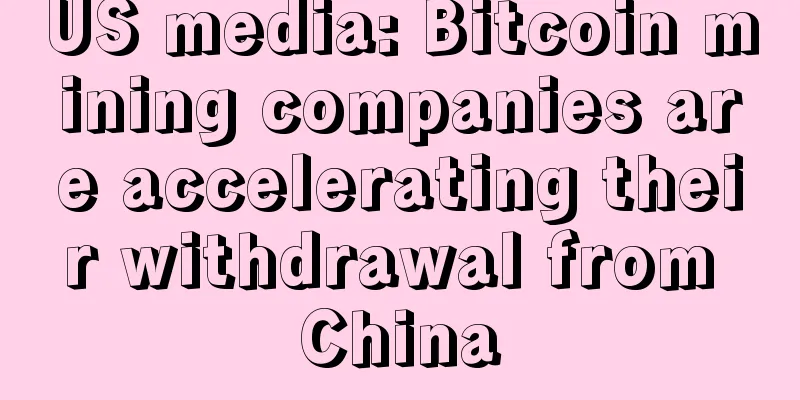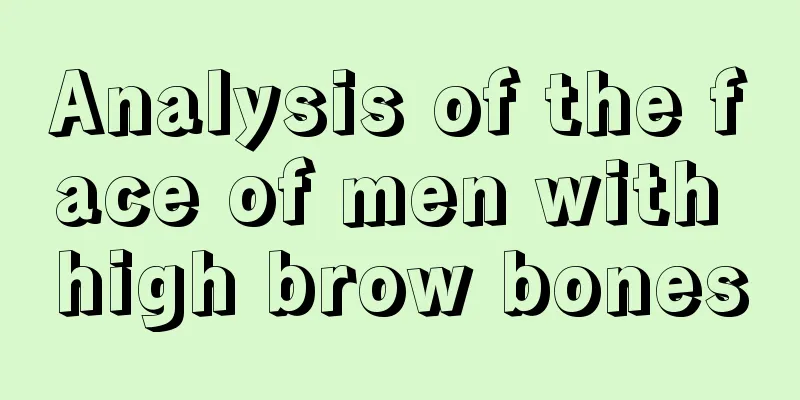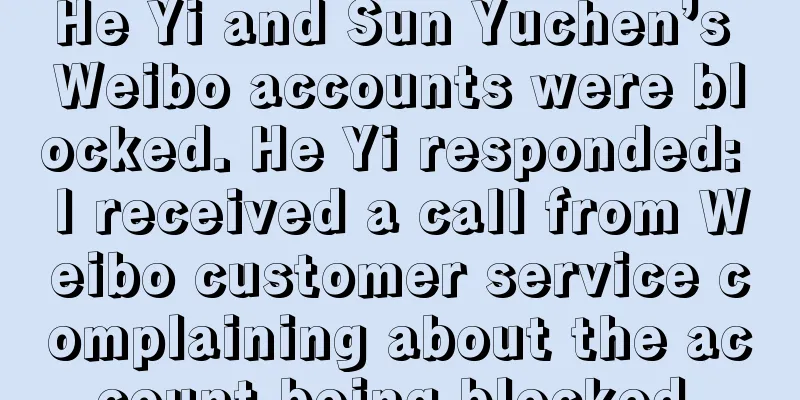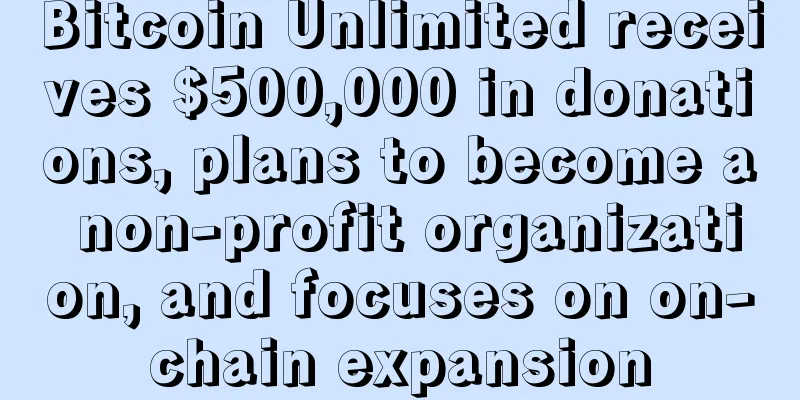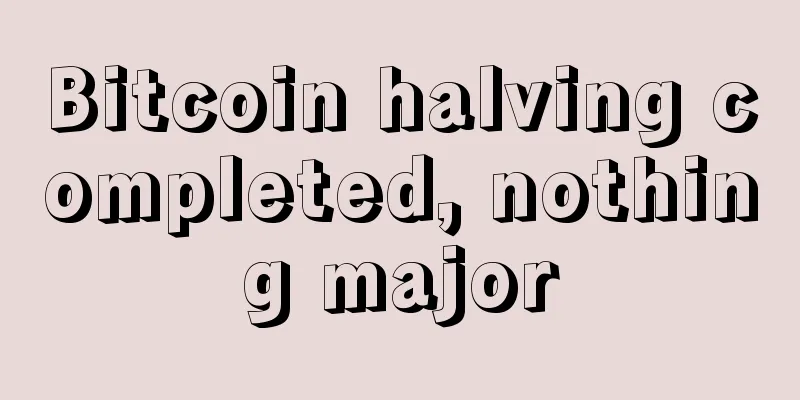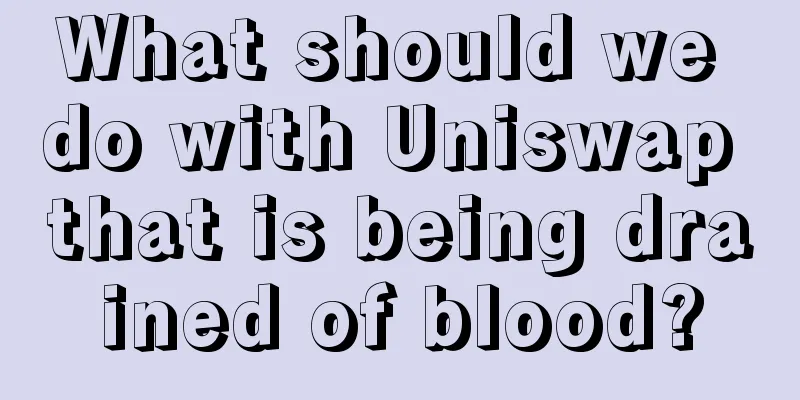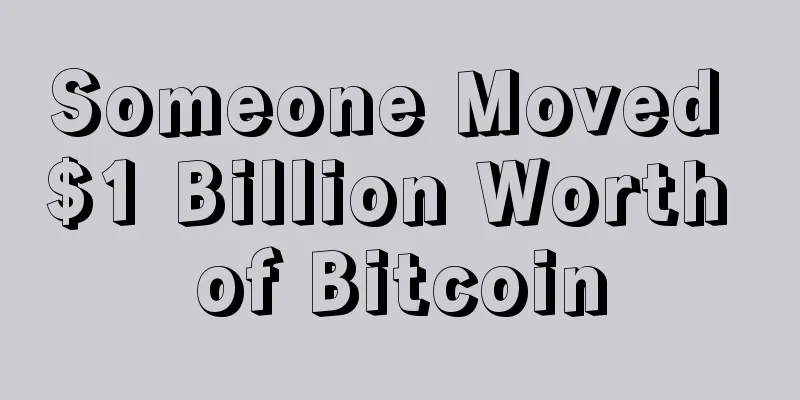What is the third-generation cryptocurrency Cardano (ADA)?
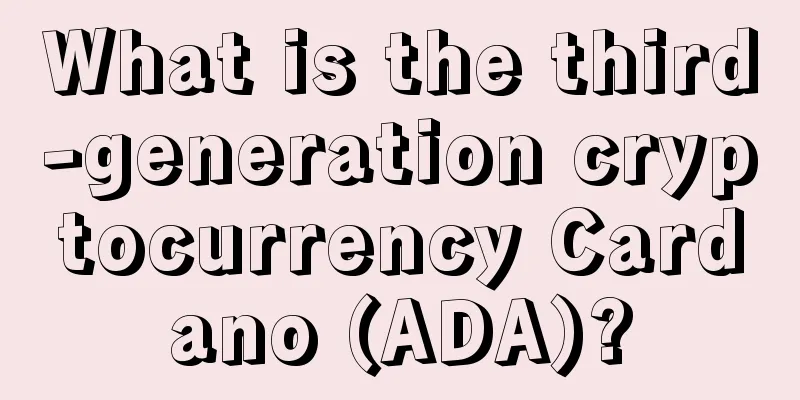
|
Many people don’t know about Cardano, but I think it is a seriously underestimated cryptocurrency at the moment. It has a very ambitious goal. It solves all the existing problems of the first-generation cryptocurrency, Bitcoin. It also supports the smart contracts of the second-generation cryptocurrency, Ethereum (even better), and brings us more revolutionary concepts. Charles Hoskinson, the main person in charge of Cardano (formerly the co-founder of Ethereum), has a Cardano whiteboard speech video that outlines what Cardano is going to do. I will summarize his speech to let everyone know about this revolutionary third-generation cryptocurrency Cardano. Note: This is an article written based on my personal understanding of this video. If there are any misunderstandings or omissions in the original meaning of the speech, you are welcome to correct me. At the same time, it should be stated that this article only discusses the vision and philosophy of Cardano itself, and does not intend to make any investment advice. Welcome to join the Chinese Cardano long-term holders Telegram discussion group: Telegram: Contact @CardanoHodlers. This is a gathering place for Cardano believers, where we can discuss the Cardano platform and project progress together. The origin of Cardano To understand what Cardano is, let’s first look at its origins. Charles believes that the first generation of cryptocurrency is Bitcoin. The problem that Bitcoin solves is that when two people have a transaction, they need to verify it with a centralized organization. But the problem is that transactions are never as simple as one person transferring money to another. There is often a story behind it. For example, one person may ask another person to do something for him, and then he will pay this person a sum of money. This is a contract. So the second generation of cryptocurrency Ethereum came into being. Ethereum introduced the Turing complete programming language into the blockchain, allowing us to use the programming language to implement the contracts we need to make, which is what we call smart contracts. But we can notice that blockchains such as Bitcoin and Ethereum are not scalable . Also, current cryptocurrencies often fork due to differences of opinion, such as Bitcoin and Bitcoin Cash, or Ethereum and Ethereum Classic. Moreover, they also have the problem of sustainability . When the money from ICO and venture capital runs out, who will develop this blockchain? In general, current cryptocurrencies have problems with scalability , interoperability , and sustainability . The philosophy and vision of Cardano is to solve these problems. Of course, Cardano will also learn and inherit the advantages of existing blockchains and add many new concepts and technologies. For all the academic research and solutions to these problems, scientists conduct peer review through conferences, papers, and university participation for supervision and discussion. Engineers will write high-trust code based on this. Scalability Charles believes that scalability is mainly affected by three factors: TPS, network bandwidth and data volume. Cardano is hoping to solve these problems in an elegant way. As more and more people join the network, we will naturally have more and more transactions per second, more network bandwidth and more data storage space. Of course, at present, Cardano does not have such a large transaction volume as Bitcoin or Ethereum, so the realization of scalability is not very urgent. The Cardano team plans to start implementing it later in 2018, release part of it around mid-2018, and complete it by the end of 2019. TPS (Transaction Per Second, the number of transactions that can be made per second) The Cardano team has developed an algorithm named Ouroboros, which is a provably secure Proof of Stake (PoS) protocol. It is a highly efficient consensus algorithm and the first truly strictly secure algorithm in the cryptocurrency world. The paper on this algorithm is also the only paper included in the cryptography conference. It is modular and suitable for the future. Compared to Bitcoin and its Proof of Work (PoW) mechanism, the PoS mechanism adopted by Ouroboros not only provides the same security, but also has very low operating costs. It does not require a lot of computing resources (especially these computing resources need to do meaningless calculations). It will randomly distribute the workload according to the number of Cardano coins owned by each Daedalus wallet. In other words, you only need to start your computer with the wallet open and connected to the Internet, and it will mine. This mechanism is scheduled to start running in Q2 2018. This algorithm solves the problem of transaction volume being capped. As more and more participants join the blockchain, more and more resources will become available. So when the Ouroboros algorithm is completed, TPS will be unlimited. Network bandwidth Network bandwidth refers to the network resources required for network communication of the data carried during transactions. As the scale of the blockchain grows, the network bandwidth we need will also increase. In fact, it is impossible for every blockchain node to support all communications between all nodes. To solve this problem, Cardano uses RINA. RINA stands for Recursive InterNetwork Architecture. I don’t know much about this architecture, so I can only give a rough idea. It should be an architecture similar to TCP/IP, which can naturally make communication between nodes just like inter-process communication (IPC), allowing us to naturally communicate on a large scale. The RINA plan will start to be added to Cardano in 2018 and will be completed in 2019. Data volume The infinite growth of data volume may be the most difficult problem to solve, but in fact, not everyone wants to know all the data. For example, when one person conducts a transaction with another person, they do not need to know the data of others. They only need to know that the context of the party who needs to transfer funds is legal and correct. Therefore, we will need some technologies such as pruning, subscription and compression, so that each user generally only needs to save the data they must save. In general, it is a concept of partitioning, which means that the user does not actually have the data of all nodes, but saves the data of one chunk of the blockchain. In terms of compression technology, Cardano will also involve sidechain technology. Through the sidechain, we can connect those very small data blocks together in the form of two-way binding, so that they have a high level of security and correctness. Cardano will learn these concepts in a very rigorous way to develop a new blockchain that allows users to retain only very small amounts of data while obtaining the same security and correctness guarantees to cope with unlimited growth in data volumes. Interoperability There are many blockchain systems in the world, such as Bitcoin, Ethereum, Ripple, etc. In addition, there are traditional banking network systems. These systems have their own business logic and rules, which also makes it very difficult for systems to understand each other. Between blockchains Currently, we can exchange through exchanges. However, exchanges are inherently unsafe. Compared to blockchain technology, they are easily hacked and are subject to strict government supervision, so that they are sometimes closed. Also, since exchanges are centralized, when we use exchanges, a small group of people will control whether you can exchange, withdraw, top up, etc. For blockchains, Cardano will solve this problem through side chains . Between blockchain and traditional financial system Even if we have done a good job of linking blockchains, we still need to face the reality that we can’t avoid communicating with traditional banks. For example, if you are a cryptocurrency company, you issue an ERC20 token, and then these tokens sell very well, and millions of dollars go into your company’s bank account. The bank itself is a regulated entity, so they will ask you, where did these millions of dollars come from? Then you say that you got them by selling ERC20 tokens; they continue to ask, who are your customers? Then you answer that they are people on the Internet. Obviously, this is not a good answer, and the bank will think this is a problematic thing. Since banks are regulated entities, they need to report these suspicious activity records to some finance departments or agencies. In general, there are three problems between blockchain and traditional financial systems:
Metadata Metadata is data such as where each transaction comes from, where it is going, who the two parties are, why the transaction is made, etc. These data are not of concern in the blockchain world, but the traditional financial system is very concerned, so we need to save these metadata in the blockchain. However, this will involve a privacy issue, because metadata are sensitive data, of course, these data cannot be directly disclosed. What Cardano needs to do is to figure out which metadata needs to be put in the blockchain, how to put it (such as how to encrypt it), when to put it, etc. And after it is stored, who can see it. Cardano's wallet, Daedalus, will support a wide range of features to annotate transactions and financial activities over the next 12 months. These metadata can be exported or shared based on what the user deems necessary. In addition, the data can be manipulated by third-party applications for specific purposes (such as tax accounting). Secondly, they are also exploring adding support for special addresses that can cover hashed and encrypted fields. This structure will allow users to publish metadata on the blockchain without revealing it publicly. However, if the user wants to share the data, it will have all the auditability, immutability, and timestamp guarantees enjoyed by the transaction. The issue of ownership The attribution problem is about identity recognition, that is, how to identify a user. In fact, it is also a kind of metadata, but it is particularly important. In today's Internet, we often use usernames and passwords for identification, but this method is actually very easy to guess and hack, and it is often the case that the same username and password are reused in different places. If each of us has a public key, it will be very convenient to identify everyone on the Internet. Cryptocurrency is the factory that produces tokens. These tokens can be stored in the blockchain as public keys, and it can be used to store public keys. Cardano is using this approach to allow users to store and insure our own assets and allow the Internet to identify itself. Compliance In the financial sector, there are three major regulatory regulations: KYC (Know Your Customer), AML (Anti-Money Laundering) and ATF (Anti-Terrorist Financing). In the crypto world, these regulations are not taken seriously, but they are key factors in the traditional legal financial system, whether they are exchanges, banks or any financial services companies. Cardano is trying to find a healthy balance between the cryptocurrency world and the traditional legal financial system, providing encryption capabilities on the one hand, and adding metadata to each transaction on the other. This will allow us to gradually upgrade our trading methods in the cryptocurrency world legally, and this will also solve the problems encountered by the company selling ERC20 tokens mentioned above. So what Cardano wants to do is to enable the traditional financial system to gradually accept encryption technology. Sustainability Sustainability is a more important issue than scalability and interoperability. Sustainability can be discussed in two parts:
How do we pay for what we want to support? (How do we iterate?) Cryptocurrency is not a company, but an infrastructure, just like a highway or some open source protocols like TCP/IP. However, due to funding issues, these things cannot be freely developed in the long term. They usually need to be funded by some institutions or companies. For example, W3C is now having a fierce debate on whether to include DRM support in browser standards. Then we saw EFF withdraw from W3C in protest because it believes that big companies are working for their own interests rather than for a more open Internet world. Therefore, for the issue of sustainable development, relying on funding from institutions or companies may not be the best way. ICO (Initial Coin Offering) is also an interesting way to raise a lot of money for the team that issues the currency. If the team is reliable, it can indeed succeed. But there is a problem, no matter how much money you raise during the ICO, you will always run out of money one day. So we wondered if we could create a system with a treasury model that could continuously raise funds from decentralized bank accounts to provide financial support for projects that have a lot of support. In other words, if someone comes up with a good idea and needs to raise funds, he can provide this idea to the treasury system; then, some token owners (or coin holders) can vote for this good idea with their tokens. When a certain amount of tokens is accumulated, the treasury system will release this part of the funds to the person who came up with the idea to implement it. Of course, if the project invested in is profitable, it will once again promote the operation of the system and form a virtuous circle. At the same time, this is also a democratic system. When more and more ideas are proposed, people will naturally start to discuss the issue of priority. For example, when one person proposes to do one thing and another proposes to do another thing, everyone will choose which one is more important and urgent, and then vote for which one. Of course, this model can also update and iterate itself through this model. In general, the advantages of this financial model are that it is fair, convenient for voting, can motivate everyone to vote, and does not need to rely on centralized institutions. It will be discussed in Q4 2017 and the first version will be added to Cardano in the second half of 2018. Where are we going? (How to solve the fork problem?) Blockchain and cryptocurrencies are not immutable, they also need to be constantly iterated and updated. However, when there are iterations and updates, there may be disagreements, and when such a situation occurs, it may lead to a fork in the blockchain, such as Bitcoin and Bitcoin Cash, or Ethereum and Ethereum Classic. The reason why the first and second generation cryptocurrencies have problems like forks is that they do not have a standard to determine which fork is more reasonable. If we go back to our human society, we will find that people have ways to resolve differences most of the time, because we all have constitutions, whether it is China, the United States or other countries. Therefore, in order to avoid forks as much as possible, Cardano is designing a set of constitution-like norms, called the Cardano Improvement Proposal, which will be completed in Q1 2018. It will be implemented in a machine-understandable way, that is, smart contracts. IOHK is vigorously developing it and will announce it in 2018. at last Cardano is the most ambitious blockchain project I have seen so far. If its philosophy and vision are truly realized, human society will usher in a revolutionary future. Welcome to join the Chinese Cardano long-term holders Telegram discussion group: Telegram: Contact @CardanoHodlers. This is a gathering place for Cardano believers, where we can discuss the Cardano platform and project progress together. Further reading
|
<<: Where will EOS's 6-month voting lock-up period end?
Recommend
What are the characteristics of a wealthy woman? Do you have them?
1. Neat eyebrows Eyebrows are the palace of emoti...
Bitcoin surge will exacerbate chip shortages and even threaten international security
On the morning of March 12, Beijing time, Bitcoin...
What kind of women should not be underestimated
What kind of women should not be underestimated 1...
Data: Single BTC transaction electricity costs more than $100
On October 27, the British financial website Mone...
A man with a mole on his ear
In physiognomy, ears are called "the organ o...
How to tell if a face is oval
The melon-seed face is popular among many people ...
What does the intersection of the life line and other lines indicate?
The lifeline mainly indicates the length of a per...
The intersection of the wealth line and the marriage line means that marriage will become a turning point in wealth!
How to read the fortune line in palmistry? Everyo...
What does deep eye sockets mean for women?
Eyes are the windows to the soul. They are also t...
Moles on the face: good or bad fortune
Moles on the face: good or bad fortune 1. Locatio...
What does it mean if the career line on the left hand is missing from the right hand?
The career line is a line on the palm that contai...
Do you know what are the fate characteristics of men with inverted splayed eyebrows?
If a man has inverted shaggy eyebrows with droopi...
Lawyer's Insights | With the mining industry collectively liquidated and regulatory regulations frequently issued, will crypto asset trading be banned?
"Darkest hour" is a true portrayal of t...
What does a man with a crooked mouth look like?
In life, everyone has a face of his or her own, a...
What kind of face can make people rich overnight and destined to have a good life
Life is like a bet. Some people will win, while o...

